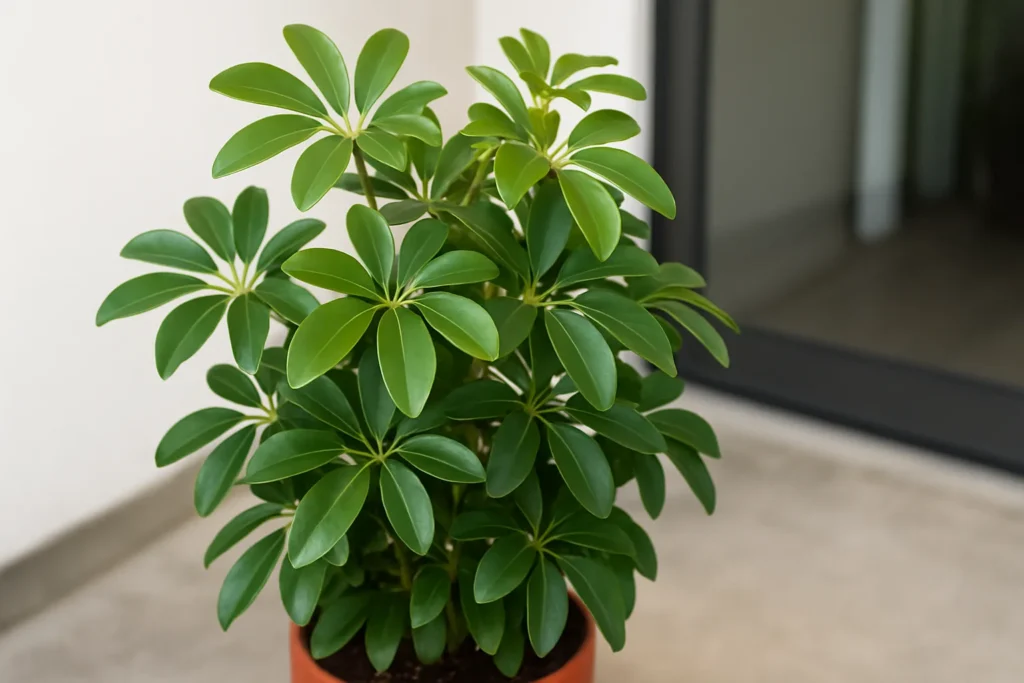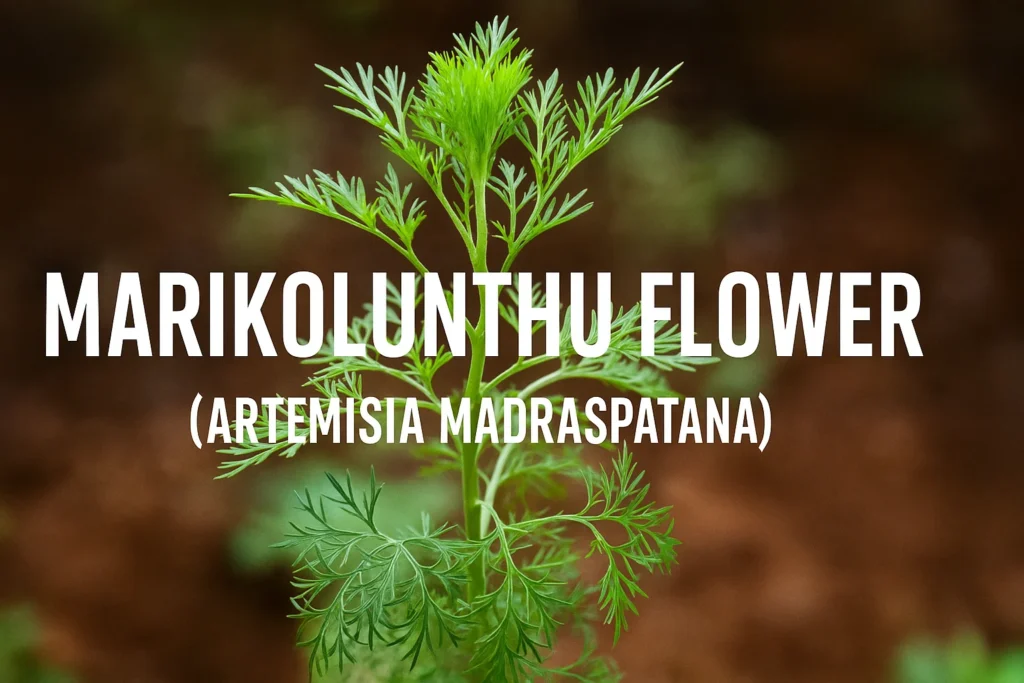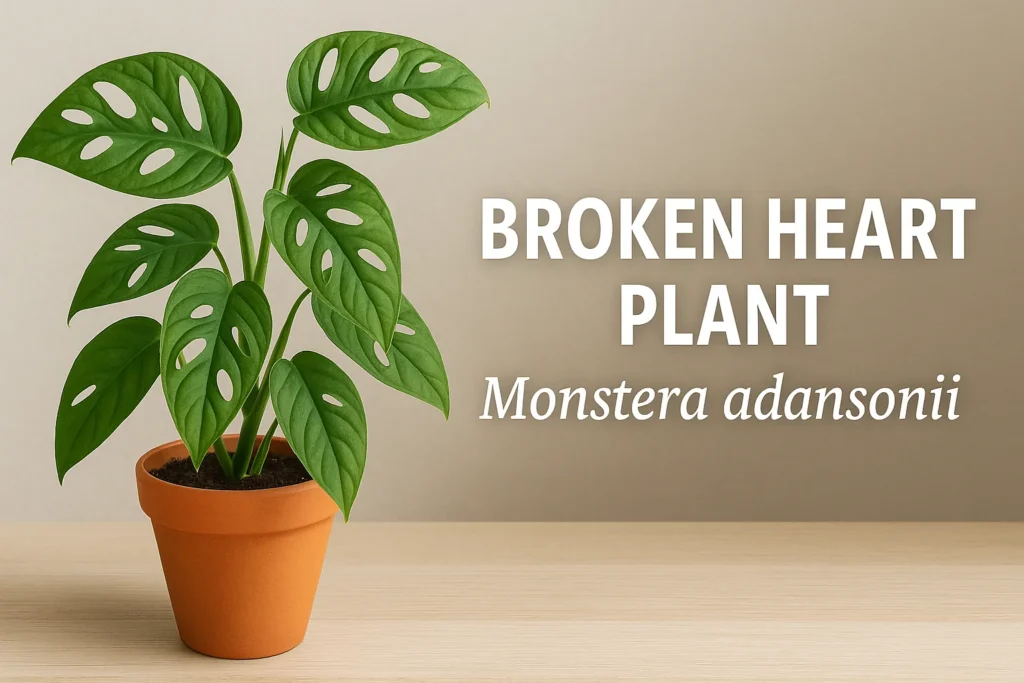If you’re someone who loves greenery and wants to add a touch of tropical elegance to your indoor or outdoor space, the saplera plant might just be what you’re looking for. Often admired for its glossy leaves and air-purifying qualities, this beautiful plant is easy to grow and care for. Whether you’re a seasoned plant parent or just getting started, this guide will walk you through everything you need to know about the saplera plant — from its origin and benefits to care tips and propagation methods.
Let’s dive into the leafy world of this popular green buddy.
What is the Saplera Plant?
Let’s start with the basics. The saplera plant, often called the umbrella plant because of the way its leaves are arranged like spokes on an umbrella, is a widely loved houseplant. It belongs to the Araliaceae family and thrives in both indoor and outdoor conditions when given the right care.
Saplera Plant Scientific and Botanical Name
You might be wondering — what’s the saplera plant scientific name? The botanical name of the saplera plant is Schefflera arboricola. There are other species as well, but arboricola is the one most commonly found in homes and offices. It’s a popular choice among decorators and gardeners, not just for its looks but also for how adaptable it is.
Saplera Plant Benefits You Should Know
Adding this plant to your collection does more than just beautify your space. Saplera plant benefits go beyond aesthetics. It acts as a natural air purifier by filtering harmful toxins like benzene and formaldehyde. If you’ve ever thought about how to create a healthier living space, this is one of the best options available.
Apart from that, the plant is known to improve humidity, which helps in reducing respiratory problems and dry skin. Many Feng Shui practitioners believe the saplera brings prosperity and balance to homes, much like how the Indrajal plant is valued for its positive energy.
Saplera Plant Care: Keep It Healthy and Happy

Now that you’re sold on getting one, let’s talk about saplera plant care. The good news? It’s not a fussy plant. But like every living thing, it does need some love and attention.
Light: Saplera thrives in bright, indirect sunlight. Too much direct sun can scorch its leaves, while too little can make it leggy.
Watering: This plant loves consistency. Water it when the top inch of soil feels dry. Overwatering is a common mistake and can lead to root rot.
Humidity & Temperature: Saplera enjoys a bit of humidity. If you’re in a dry climate, a pebble tray or humidifier can help. Ideal temperatures are between 18°C to 30°C.
Soil: Well-draining potting mix is essential. A mix of peat moss, perlite, and compost works well.
Pruning: Occasional trimming helps in keeping its shape and encourages bushier growth. If you’ve ever trimmed a Broken Heart Plant, the approach is somewhat similar — gentle, with clean tools.
How to Grow Saplera Plants: Propagation Made Easy
Growing more sapleras from your existing plant is easier than you think. The most common method is stem-cutting propagation. Here’s a quick breakdown of how to grow saplera plants at home:
- Choose a healthy stem with at least a few leaf nodes.
- Cut it just below a node using clean scissors.
- Remove the lower leaves and dip the cut end in the rooting hormone.
- Plant it in moist potting soil or keep it in water until roots develop.
- Place in a warm, bright spot away from direct sunlight.
Before you know it, you’ll have a new saplera ready to thrive — much like when propagating aromatic herbs such as Marikolunthu.
Common Problems and How to Fix Them
Even though it’s low-maintenance, the saplera can sometimes throw a tantrum. Here are some quick fixes:
Yellowing Leaves: Usually due to overwatering. Check soil moisture before every watering.
Droopy Leaves: Could be from underwatering or sudden temperature changes.
Brown Tips: Often a result of low humidity or salt build-up from hard water.
Pest Issues: Aphids and spider mites can occasionally be a problem. Neem oil or mild insecticidal soap can help here.
Gardening challenges are part of the journey, just like knowing what Name Thing That Gardeners Need before they start — patience, the right tools, and a little guidance.
Indoor vs Outdoor Saplera: Which is Better?
The saplera plant does well in both environments, but each has its perks.
Indoor: Great for air purification and aesthetics. It needs a bright spot near a window but away from direct sun.
Outdoor: Perfect for tropical climates where temperatures don’t drop too low. In gardens, it can grow much larger and even become a focal point, just like a vibrant Gulmohar Tree in full bloom.
Just remember, wherever you place it, the saplera will do best with consistent care and attention.
Can You Use Invisible Grills Near Saplera Plants?
If you have an indoor garden setup or balcony space, pairing plants like saplera with Invisible Balcony Grill installations is a great idea. These grills offer safety without blocking sunlight, allowing your saplera to soak up just the right amount of filtered light while keeping the aesthetics clean and modern.
Final Thoughts
The saplera plant is a fantastic addition to any home or garden, combining elegance with easy upkeep. Whether you’re drawn to its umbrella-like leaves, its air-purifying power, or its Feng Shui vibes, there’s something uniquely special about it. With the right care, you can enjoy a healthy, happy plant that grows along with your love for gardening.
Ready to give your space a touch of green magic? Saplera might just be the perfect companion.













